Unveiling the Secrets Beneath Our Feet
Beneath our feet lies a world of complexity and wonder—a dynamic planet composed of intricate layers, each essential to the balance and continuity of life. From the shifting tectonic plates that shape continents to the fertile soils that nurture growth, every stratum of the Earth plays a vital role in sustaining the web of existence.
Earth is more than just a planet; it is the cradle of life—the only known world capable of supporting such vast diversity. Its land provides stability, its waters sustain growth, and its atmosphere shields and nurtures all living beings. Together, these elements form a delicate equilibrium, a harmonious system that allows life to thrive in endless forms.
This shared home connects every species, ecosystem, and human endeavor into a single, living network. To understand Earth is to recognize the profound interdependence that binds all creation. Beneath its surface, we uncover not only geological mysteries but also the deeper truth that humanity’s survival is inseparable from the health of the planet itself.
Earth and Humanity: A Sacred Bond and Shared Responsibility
Human beings share a profound and inseparable relationship with the Earth. From the soil that nourishes our crops to the air that fills our lungs and the water that sustains every living cell, the planet provides all that is essential for life. Its mountains, forests, rivers, and oceans are not merely resources to be used but living systems that inspire, protect, and connect us. The beauty of nature is a reflection of divine balance—a harmony that sustains both the body and the soul.
This relationship, however, is not one-sided. Just as the Earth gives, humanity must give in return. The Qur’an reminds us that humans have been appointed as khalīfah (stewards) upon the Earth—a sacred trust that carries both privilege and duty. To live in harmony with nature is an act of gratitude; to protect it is an act of faith. When we pollute the air, exhaust the soil, or destroy forests, we not only harm the environment but also disrupt the balance that sustains life itself.
The story of the Earth’s creation has long inspired awe and inquiry, bridging science and spirituality. From ancient civilizations that revered nature as sacred to modern scientists who explore the planet’s formation and evolution, humanity’s fascination with the Earth reflects an enduring truth: we are both creations of the Earth and caretakers of its future.
Every natural system—land, water, and atmosphere—functions in perfect coordination to support life. Yet, these systems are increasingly strained by human actions: deforestation, pollution, and climate change threaten the stability of ecosystems worldwide. The responsibility to restore and preserve the planet rests upon each individual, community, and nation.
To honor the Earth is to recognize that its wellbeing is intertwined with our own. Protecting its purity ensures the continuity of life, the preservation of beauty, and the fulfillment of our divine duty as guardians of creation. The bond between humanity and the Earth is therefore not merely ecological—it is moral, spiritual, and eternal.
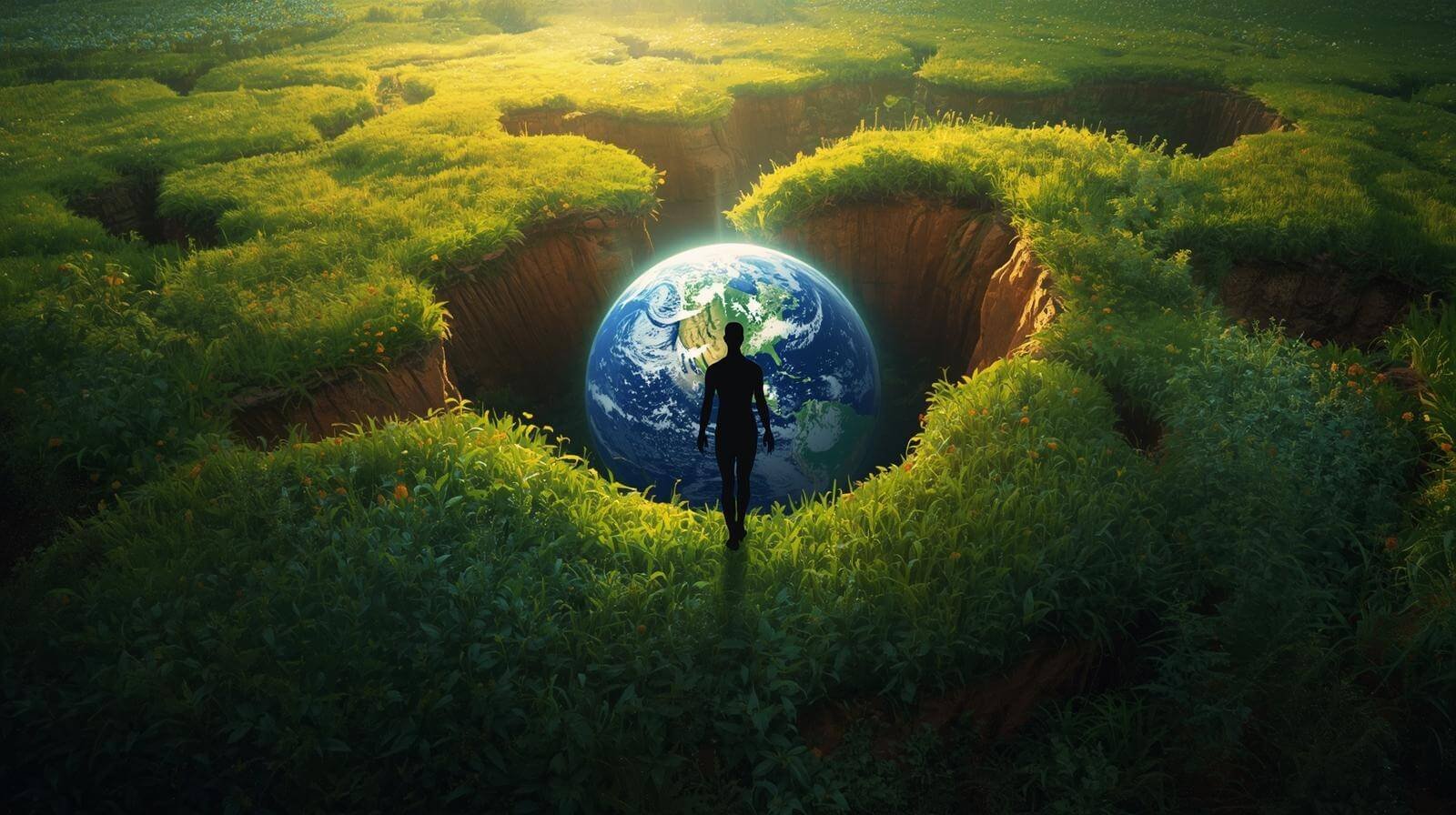
Scientific Perspective:
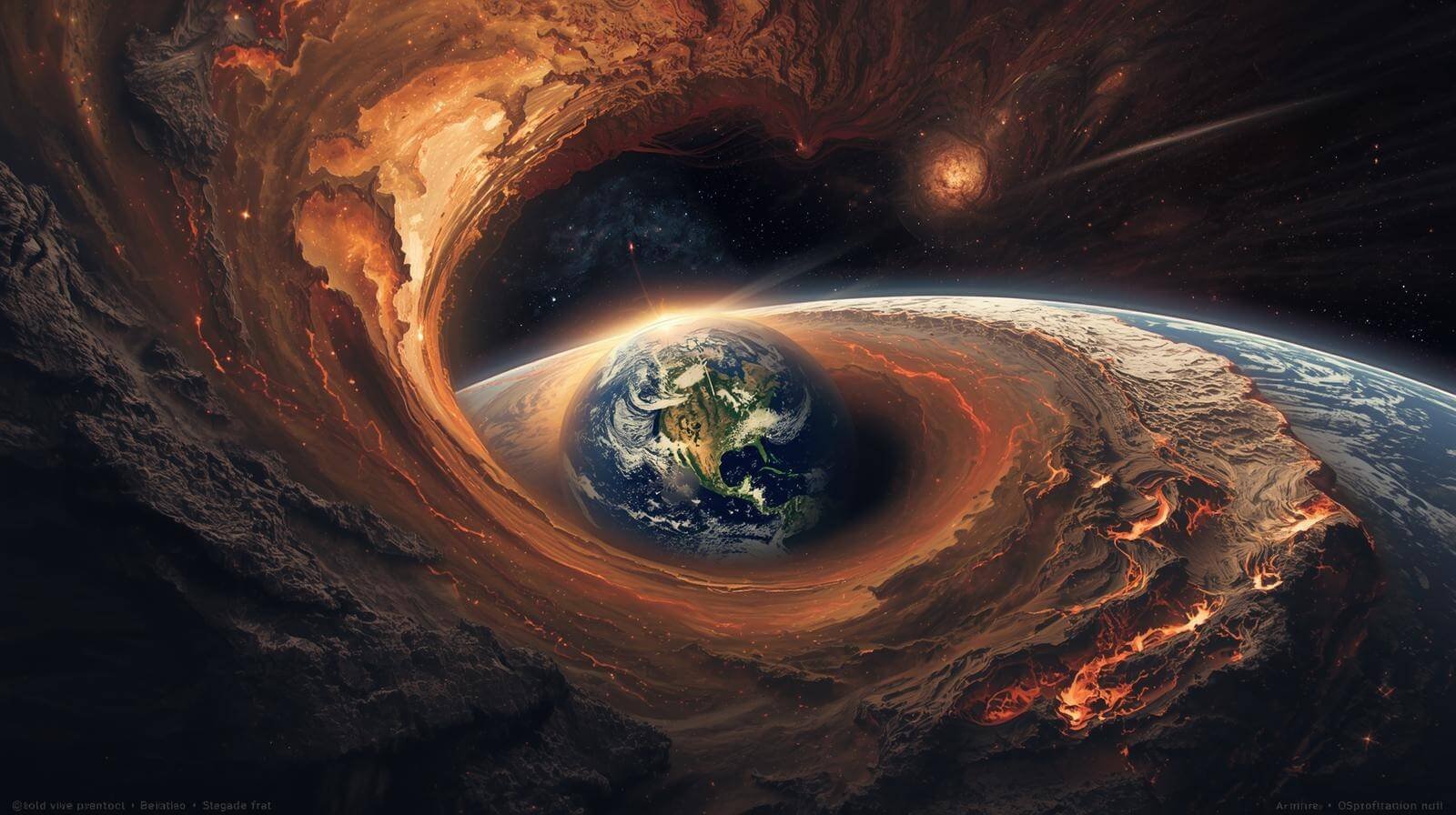
The nebular hypothesis describes how the Earth was formed. It suggests that the Solar System developed about 4.5 billion years ago. Within this model, a vast cloud of gas and dust, called a solar nebula, gave way to gravity and collapsed.
In this theory, a massive solar nebula, made of gas and dust, contracted under the pull of gravity. As it shrank, the material spread into a rotating disc, with the Sun taking shape at its centre.
Inside the disc, dust and rock particles collided and stuck together. Over millions of years, they grew into larger bodies called planetesimals. These planetesimals gradually combined through accretion and formed the early Earth. Heat from impacts, radioactive decay, and gravitational pressure caused the young planet to melt. At this stage, heavy elements like iron and nickel moved down to the core. Lighter elements rose and formed the mantle and crust. Lighter materials moved outward and created the mantle and crust.
As the Earth cooled, volcanic activity released gases that contributed to the formation of the early atmosphere. Water vapor condensed to form oceans, creating the conditions necessary for life to emerge. This scientific narrative highlights the Earth’s creation as a dynamic and violent process, shaped by cosmic forces and natural laws.
Mythological and Cultural Interpretations:
Throughout history, civilizations have explained the creation of the Earth through rich mythologies and spiritual traditions. Ancient cultures often attributed the world’s origins to divine beings or cosmic events. For examples
- Mesopotamian mythology says that the gods shaped the Earth from the body of a primordial goddess after a great battle.
- In Hindu cosmology, the Earth rests on the back of a cosmic serpent or turtle. This symbolizes stability and balance.
- Many Indigenous traditions view the Earth as a sacred mother figure. It was brought into being through divine will or cooperation among spiritual beings.
The stories may differ, yet they share a common theme. The Earth is a physical place. It is sacred, meaningful, and filled with purpose.
Philosophical Reflections:
The Creation of the Earth raises deep philosophical questions. Is the planet’s existence the result of chance, necessity, or design? What role does humanity play in the story of creation? For centuries, philosophers have explored these questions and offered many different answers.
For centuries, philosophers have debated the purpose of the universe. Some believe the universe has its own meaning. by contrast, others think humans give it meaning. On other hand, this debate highlights how we search for purpose in life. The creation of Earth shows that people have a duty to care for the planet.
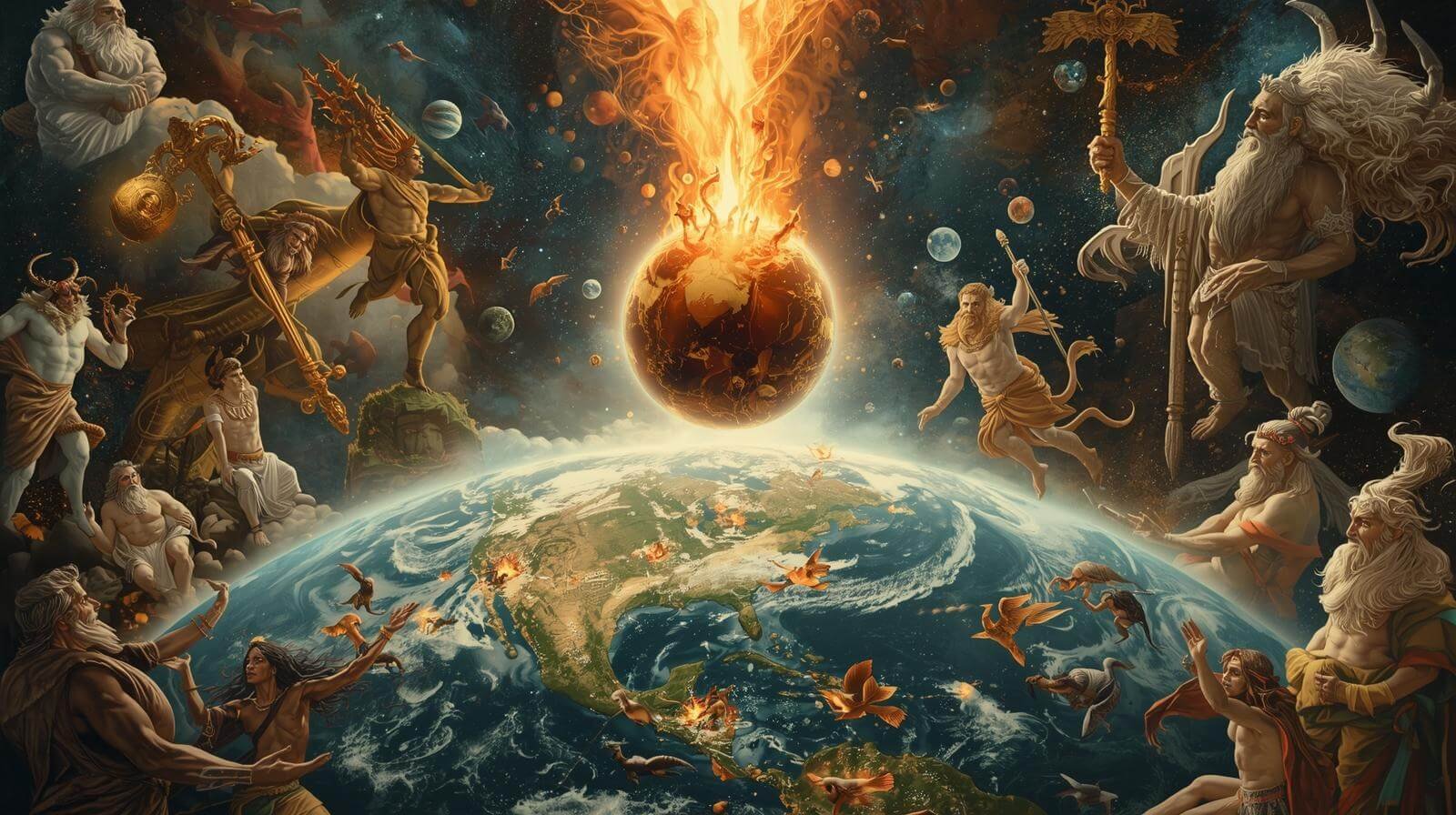
Conclusion:
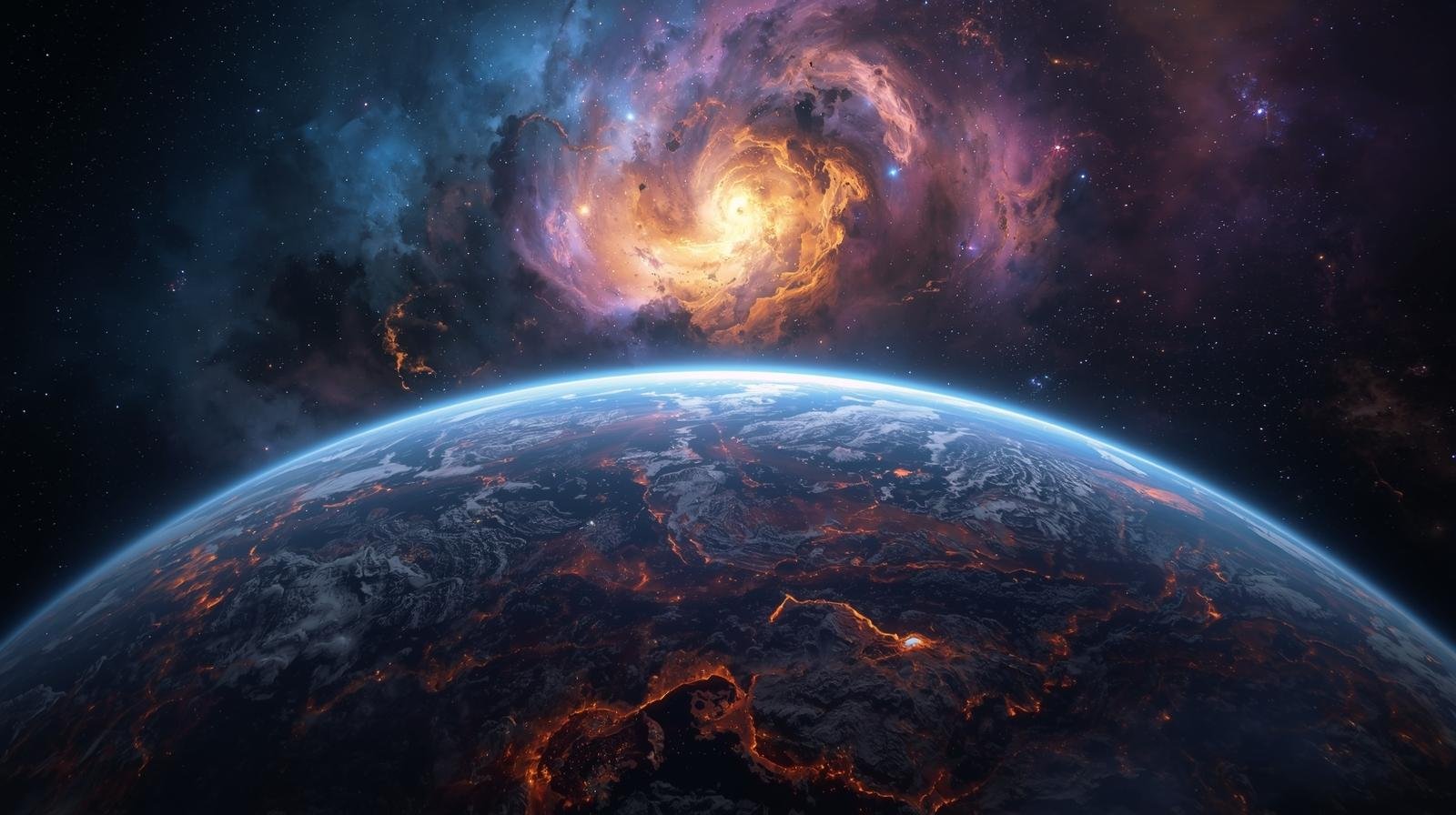
The creation of the Earth is a narrative that transcends cultures and disciplines. Science explains the Earth’s formation through precise cosmic processes. Mythology and philosophy offer symbolic, moral, and spiritual insights. They ask important questions about purpose, meaning, and humanity’s place in the world. Together, these views help us understand how the Earth began. They remind us of Earth’s fragility and grandeur. Reflecting on these ideas helps us appreciate the planet and the life it supports. Across science, spirituality, and philosophy, the story of Earth’s creation remains one of the most profound themes in human thought.
The Ground Beneath Us
Beneath every step lies a living foundation of rock, soil, and hidden energy—a dynamic system that shapes continents, nurtures ecosystems, and preserves the history of our planet. The ground beneath us is both a record of Earth’s ancient past and the support upon which its future depends.


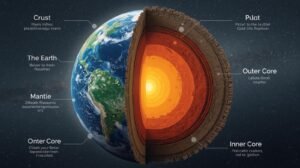
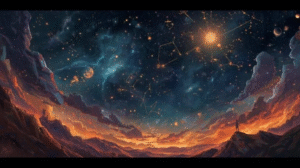
That cities are very very good because the knowledge of excellent work of information
That cities are very very good because the knowledge of excellent work of information